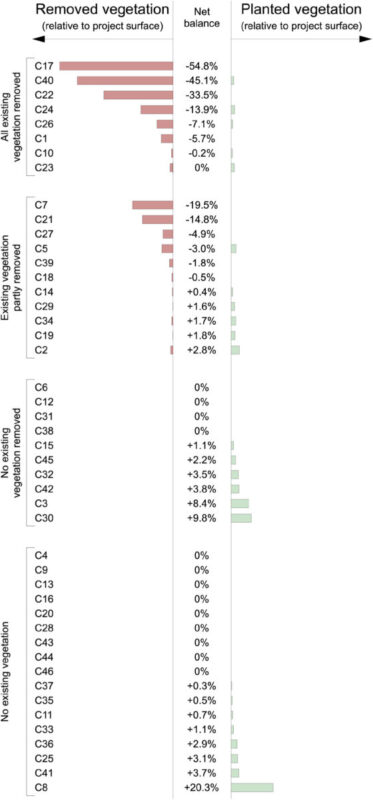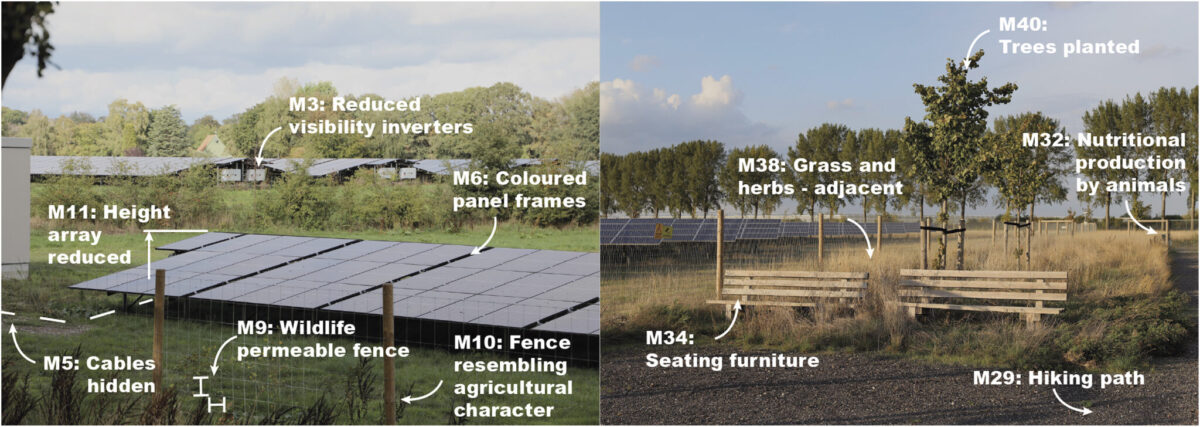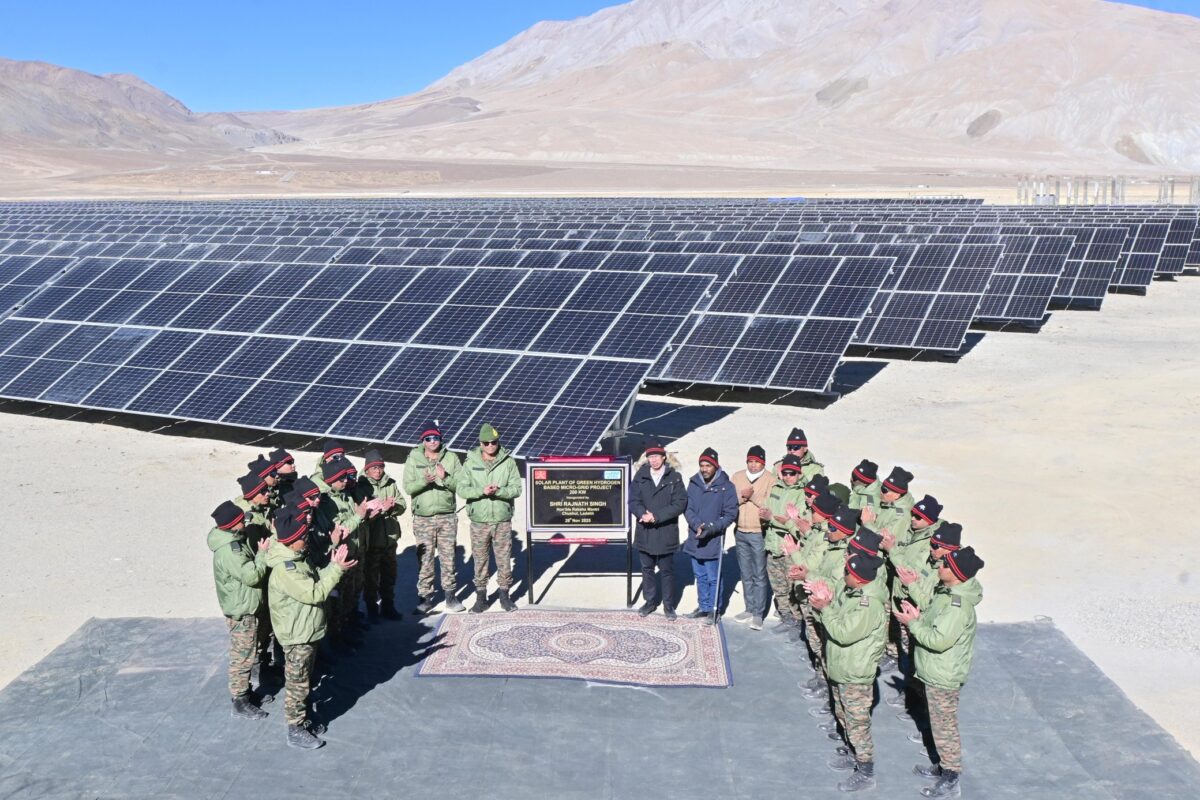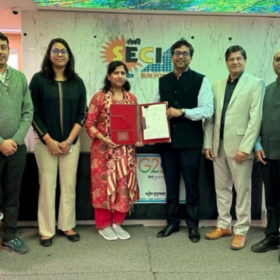Scientists from Wageningen University and Research in the Netherlands have conducted a comparative case study of spatial measures in 46 Dutch solar power plants (SPPs). The spatial analysis resulted in the identification of 43 types of spatial measures, classified as either addressing competition, biodiversity, or landscape experience.
“Our comparative case study of 46 built SPPs aims to document the range and quantitative extent of implemented spatial measures and identify synergies and trade-offs between spatial measures employed to address societal concerns,” said the researchers. “By locating all embedded cases of this research within the Dutch Province of Gelderland, a comparable cultural and legal context is provided. This context allows us to make a statement on the status quo of how societal concerns are addressed in SPPs up to this point.”
The province of Gelderland has a land surface of 5,136 km2. Listing only SPPs with a generation capacity of 1 MW and more, the team has compiled a list of 46 plants in this area. Various sources were used to compile the list, including online maps of subsidized projects, land use maps, consultations with experts, professional magazines, newspapers, and SPP developer websites. The spatial analysis of each site consisted of field visits, analysis of pre-construction satellite imagery, review of plan documents, and a map study, where the spatial measures were geo-referenced.
According to their analysis, 43 different spatial measures were identified across the 46 sites. The most frequent measure – found in all sites – was a PV density of below 75%. The second most frequent measure, with 39 instances, involved hiding electricity cables under the panels and the ground. In 35 SPPs, the spacing between the panels allowed sunlight and rainwater to reach the soil. One PV plant had a bicycle charging point, while two SPPs have created a stone habitat for roosting, nesting, and hibernating.

Image: Wageningen University and Research, Renewable Energy, CC BY 4.0
Regarding land use competition, the researcher found that in 59% of cases, the previous function was agriculture, and in 15% of cases, it was a landfill. In 31 SPPs, one or several new functions were introduced in addition to electricity generation. In six cases, one or more measures supporting recreational use were identified, while in four cases, water retention measures were implemented. The average land area occupation ratio (LAOR) has jumped from 30% in 2015 to almost 60% in 2021.
“We identified 12 measures dedicated to addressing biodiversity loss,” the results also showed. “In 19 of the 29 SPPs (66%) where shrubs and trees were present before construction, vegetation was entirely or partly removed. Among these 19 cases, an average of 11.3% of the project surface has been cleared of trees and shrubs, with a maximum of almost 55%. Shrubs and trees were planted in 25 of the 46 SPPs (54%). Across those 25 SPPs, an average of only 3.2% of the project surface was being planted. While 9.0 ha of shrubs and trees were removed, the planted surface was limited to 5.8 ha, leading to 3.2 ha being lost due to the implementation of the 46 SPPs.”
Furthermore, the academics have identified 27 measures that were meant to address the experience of landscape users. In 70% of cases, the stations were entirely surrounded by a security fence, while in the remaining cases, the perimeter was defined by surface water, earthworks, or buildings. In 72% of cases, transformers and centralized inverters stood out as they were higher than the PV arrays, and in 26% of cases, the array height was reduced to below 1.65 m, enabling landscape users to look over the PV modules.
“Our results show that the above-mentioned function combinations lead to synergies, while also revealing trade-offs occurring on specific sites,” the scientists concluded. “One example of such a trade-off is the construction of SPPs on landfills, if it requires the removal of existing vegetation. This knowledge is especially important as policy guidelines and scientific studies frequently frame the combination of PV systems and landfills, waterbodies, or agrivoltaics as a clear win.”
Their work was presented in “How does solar energy transform landscapes? A comparative spatial analysis of 46 built solar power plants in the Netherlands,” published in Renewable Energy.
This content is protected by copyright and may not be reused. If you want to cooperate with us and would like to reuse some of our content, please contact: editors@pv-magazine.com.








By submitting this form you agree to pv magazine using your data for the purposes of publishing your comment.
Your personal data will only be disclosed or otherwise transmitted to third parties for the purposes of spam filtering or if this is necessary for technical maintenance of the website. Any other transfer to third parties will not take place unless this is justified on the basis of applicable data protection regulations or if pv magazine is legally obliged to do so.
You may revoke this consent at any time with effect for the future, in which case your personal data will be deleted immediately. Otherwise, your data will be deleted if pv magazine has processed your request or the purpose of data storage is fulfilled.
Further information on data privacy can be found in our Data Protection Policy.